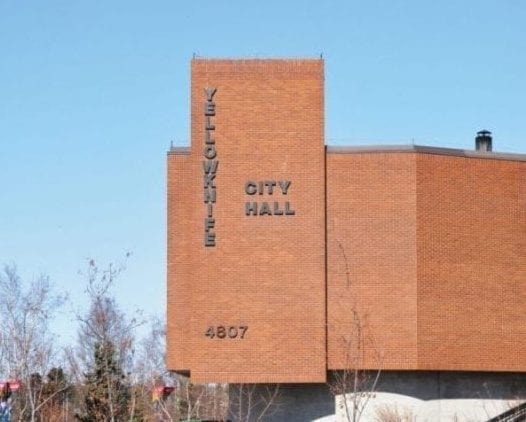The City of Yellowknife has released its updated community emergency plan, a comprehensive document designed to prepare the city for emergencies or disasters. The update is based on lessons learned from the 2023 wildfire season.
According to a news release from the city, the plan draws on the recommendations from the KPMG After-Action Assessment of the 2023 Wildfire Response. That review cost the city approximately $150,000 and was presented last summer.
Here's the municipality's plan, should another state of emergency be declared and evacuation deemed necessary:
Declaring of state of local emergency (SOLE)
City council or the mayor would declare a SOLE when an emergency threatens life, property or the environment, and the circumstances require extraordinary measures to be taken, according to the plan.
There's much the city needs to do after its declaration. That includes identifying the nature of the emergency and the affected area, activating the Emergency Operations Centre, notifying the public and more.
Activating Emergency Operations Centre (EOC)
"The EOC is activated and staffed by the city to support emergency operations at the site-level, or on a broader community approach for any incident potentially affecting city operations or residents," the plan reads. The EOC director oversees operations while specialized teams handle logistics, planning, communications and resource management.
The city manager, currently Stephen Van Dine, would also need to work with first responders, such as the fire division, , and Health and Social Services to address the emergency on-site, the plan explains.
Communications
"In the event of an imminent or actual community emergency requiring a response, residents will be notified as soon as possible and often throughout the duration of the emergency," the plan states.
The document indicates that the municipality would get the word out through email notifications to registered residents, the city website, social media and local media.
Evacuation process
"An evacuation is defined as the process of removing people from an area where a present or imminent situation has or may result in loss of life or risk to the safety, health, and well-being of individuals," according to the new emergency plan.
Depending on the emergency, the city may issue evacuation notices or alerts. However, the plan states that an actual evacuation order would be issued by the minister of Municipal and Community Affairs. That minister is currently Vince McKay.
"An evacuation may be limited to a single building, a group of buildings, a neighbourhood, a geographic portion of the community or whole community. The nature of the emergency may dictate the evacuation strategy. Part of evacuation is also the safe return of the population once the threat has been removed," the strategy adds.
External assistance
If the NWT is in an emergency and needs added resources and help, the Request for Federal Assistance or Provision of Service processes are two ways to enlist federal support.
"A request for assistance shall be issued to the REMO lead via phone... followed by an emailed formal request for GNWT assistance," the emergency plan explains. Public Safety Canada, a federal department, is responsible for considering federal assets and what support is appropriate.
Ending the SOLE
"A SOLE will expire after seven days. Subject to approval by the minister of MACA, the local authority may request a formal extension prior to the expiry of the SOLE. The process to request a renewal of SOLE must be made through the same process as the original declaration," according to the plan.
Ending a SOLE also occurs if local authorities decide an emergency no longer exists in the affected area, the document states.
Recovery plan
After the local emergency ends, the municipality's next focus is on recovery. According to the city, a successful recovery means stabilizing the resilience of the community, cleaning up any debris, rebuilding infrastructure, or simply helping mobilize businesses, non-profits and faith-based organizations.
The city says recovery has three phases: short, medium and long-term, which focus on stability, rebuilding and rehabilitating and revitalizing, respectively.
The municipality also has hosting plans, which are short-term supports for those affected by an emergency in areas outside Yellowknife who seek temporary refuge in the NWT capital.
"The city has established the Multiplex and Fieldhouse facilities as the primary locations to facilitate any hosting of evacuees. Other community facilities, including the Yellowknife Community Arena, have been pre-identified and pre-planned for potential larger community requirements."



